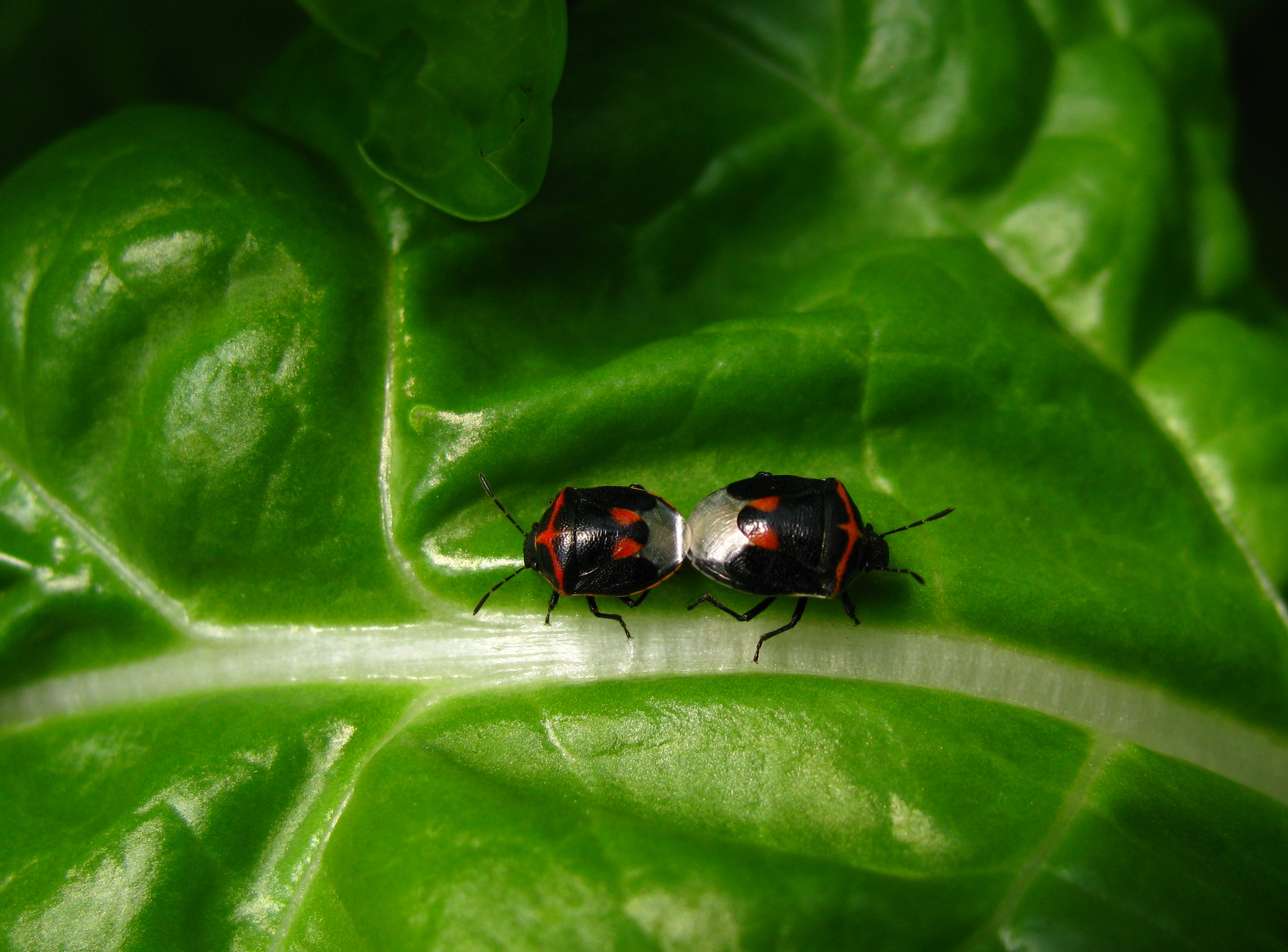Cosmopepla Bimaculata on:
[Wikipedia]
[Google]
[Amazon]
 ''Cosmopepla lintneriana'', the twice-stabbed stink bug, is a species of
''Cosmopepla lintneriana'', the twice-stabbed stink bug, is a species of
Stink Bug ''Cosmopepla lintneriana'' diagnostic photos
Carpocorini Insects described in 1798 Insects described in 1865 Insects described in 1909 Hemiptera of North America {{Heteroptera-stub
insect
Insects (from Latin ') are pancrustacean hexapod invertebrates of the class Insecta. They are the largest group within the arthropod phylum. Insects have a chitinous exoskeleton, a three-part body ( head, thorax and abdomen), three pairs ...
in the family Pentatomidae
Pentatomidae is a family of insects belonging to the order Hemiptera, generally called shield bugs or stink bugs. Pentatomidae is the largest family in the superfamily Pentatomoidea, and contains around 900 genera and over 4700 species.Robert G ...
. ''Cosmopepla lintneriana'' was first described in 1798 by Johan Christian Fabricius
Johan Christian Fabricius (7 January 1745 – 3 March 1808) was a Danish zoologist, specialising in "Insecta", which at that time included all arthropods: insects, arachnids, crustaceans and others. He was a student of Carl Linnaeus, and is cons ...
as ''Cimex carnifex'', and then again in 1865 by Thomas Say
Thomas Say (June 27, 1787 – October 10, 1834) was an American entomologist, conchologist, and Herpetology, herpetologist. His studies of insects and shells, numerous contributions to scientific journals, and scientific expeditions to Florida, Ge ...
as ''Cosmopepla bimaculata''. ''Cosmopepla lintneriana'' is hosted by a variety of plants, including milk thistle
''Silybum marianum'' is a species of thistle. It has various common names including milk thistle, blessed milkthistle, Marian thistle, Mary thistle, Saint Mary's thistle, Mediterranean milk thistle, variegated thistle and Scotch thistle (thou ...
, echinacea
''Echinacea'' is a genus of herbaceous flowering plants in the daisy family. It has ten species, which are commonly called coneflowers. They are found only in eastern and central North America, where they grow in moist to dry prairies and ope ...
, asparagus, oats, mint and goldenrod, and is widespread throughout North America, from Canada to Mexico. Adult ''C. lintneriana'' are black with a red, orange, or yellow band across the pronotum
The prothorax is the foremost of the three segments in the thorax of an insect, and bears the first pair of legs. Its principal sclerites (exoskeletal plates) are the pronotum (dorsal), the prosternum (ventral), and the propleuron (lateral) on ea ...
and a short red stripe along the midline, and two red spots at the apex of the scutellum. Nymph coloration ranges from red to white with black markings that change as they grow.
See also
*'' Cosmopepla''References
External links
Stink Bug ''Cosmopepla lintneriana'' diagnostic photos
Carpocorini Insects described in 1798 Insects described in 1865 Insects described in 1909 Hemiptera of North America {{Heteroptera-stub